When I was in school to become an elementary school teacher, I had two classes on literacy. The first was about phonics and phonemic awareness. The second was about comprehension. During the class on comprehension, my professor shared a new way to discuss literature with children. It was called critical literacy. This fancy term is simply using children’s literature to discuss topics by having the readers become more actively engaged with the book. You can do this by using children’s books that have deep messages on topics like race, religion, injustice.
Fast forward to me having my own classroom, and I started using these things I was taught. I started reading books and having the kids discuss topics, similar to what we did in my comprehension class. I didn’t think anything was super creative or different. It was basically what I knew about reading comprehension…to critically discuss books on topics of injustice. Needless to say, my principal at the time thought it was amazing. So I continued to discuss books on topics like race, perception, and religion… to second graders.
As a mom, I was and still am discussing books I used to teach my students critical literacy concepts. So I am sharing some of the books I have in my home that I read to my kids and use them to teach critical literacy at home.
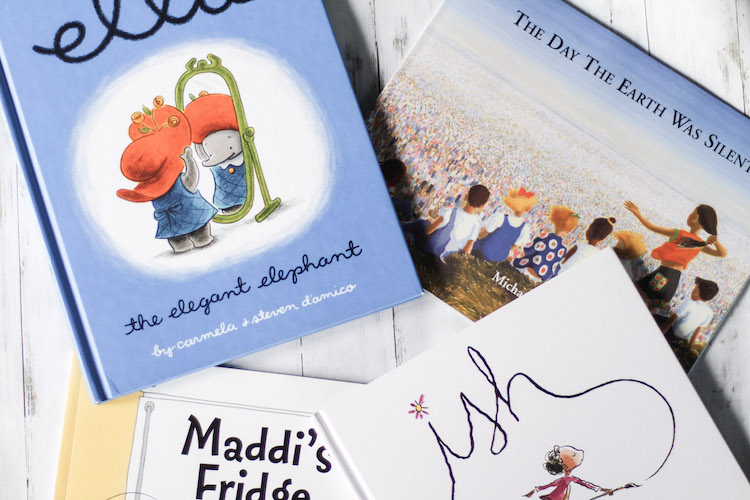
What Is Critical Literacy And What Are Books That Help Teach Those Skills?
Some links may contain affiliates. All proceeds from these affiliate links will be donated to NAACP LDF.
Critical Literacy
“Critical literacy is the ability to actively read books that promotes a deeper understanding of socially constructed concepts; such as power, inequality, and injustice in human relationships. Critical literacy encourages individuals to understand and question the attitudes, values, and beliefs of written texts, visual applications, and spoken words.” text cited from ThinkCritically.
The 4 dimensions of critical literacy include disrupting the commonplace, considering multiple viewpoints, focusing on the sociopolitical, and taking action, as explained in Creating Critical Classrooms. This book was written by one of my professors at Indiana University!
So what does all this mean in your home??
It means that more than just reading books with kids, you have to discuss these books with a clear plan of action.
And how can you do that?? Well, every month I will be doing a critical literacy post on one book with questions you can ask your kids. I am starting off this series by sharing a list of books I have in my home, with a brief overview of how we discuss the books.
If you are looking for more resources, check out these below:
How To Talk To Your Child About Racism
Using Critical Literacy In Read Alouds

Books I Use
The list of books is just a small start, and mainly the books that I have in my home to discuss critical literacy. There are many that I had in my classroom or on my “to buy” list.
Voices In The Park by Anthony Browne
This story takes place in a park from four different characters viewpoints. It is a great book to start any discussion because it illustrates that books can showcase different viewpoints.
The Mixed Up Chameleon by Eric Carle
This story is about a Chameleon who likes qualities about all the other animals he sees so he ends up having those same qualities that he feels will make him special. But in the end he isn’t able to catch a fly. Then he realizes he needs to be himself. This book can be used to identify what qualities of others you admire and how you can appreciate those qualities of others.
Yurtle The Turtle and Other Stories by Dr. Seuss
This book has 3 stories in one. The first story is about a turtle named Yertle who is the king of the pond, so he uses his power to step on others to create a high throne. The other turtles don’t appreciate it. I would use this book to talk about how you should respect everyone. No one person is better than another.
Ella The Elegant Elephant by Carmela and Steven D’Amico
This story is about an elephant who is new to a school. The other kids are not very kind to her. Then she ends up showing her empathetic self. We used this story to discuss emotion. Questions asked: How would it feel to be picked on for being new to school? How could you help a new student at school? What would you have done if you saw someone picking on someone?
This story is about a girl who doesn’t have a fridge full of food. Her friend, Sophia, has a lot of food in her fridge, but Maddi made Sophia promise not to tell anyone about her fridge. This story can be used to discuss what to do in situations where you told a friend you wouldn’t tell, but you need help to make sure that friend is ok.
The Day The Earth Was Silent by Michael McGuffee
This story is about school students who create a flag that celebrates the world. The ending does not tie things up in a bow. It simply puts the flag away in a box and the people forgot about it. So you may be looking for closure on that type of story. But that is where the discussion can really be powerful. The kids celebrated all the people of the world then they put the flag away and forgot about it. How would you help them remember the flag? What could we do to remember this day? What are things you tell the kids to help them as they grow up?
This story is about a little boy who gets made fun of for his drawings so he gives up. But his sister loves them and turns them into a gallery of “ish” pictures. Things like vase-ish or dog-ish. The book is great to discuss being perfect. When I would read this in my class, we would discuss how to talk with others about their artwork. Things like “tell me about your drawing” and why that was more important than saying what the drawing is.
Miss Spider’s Tea Party by David Kirk
This story is about a spider who invites insects and bugs over for a tea party. None of them want to come because of what they thought spiders were. In the end, they realized that she only eats flowers. This is a great story to discuss perceptions of others. Ask why the other insects and bugs thought so poorly of spider. Ask do you think poorly of someone and why?
This book talks about different emotions that one can feel. It is a great book for discussing and identifying more than just “angry”, “sad” and “happy”. It makes great discussion on what can you do if you feel this way. Plus it is a great tool to use when your kiddo is having big emotions and you want language to help them identify how they are feeling.
The Gruffalo by Julia Donaldson and Axel Scheffler
The Gruffalo is a story about a mouse who makes up an imaginary creature to scare off other animals from eating him. There is a lot of discussion that can take place from this book. The topic of how stories can be made about animals or people and how they can scare away others. Basically that your words matter.
Thank You, Mr. Falker by Patricia Polacco
This story is about a girl who struggles with reading but loves to draw. She gets a teacher who helps her identify that she has dyslexia. There are kids that pick on or laugh at Tricia. Discussing how Tricia feels or how the other kids feel helps develop empathy. Discussing finding your strengths like Tricia did, is another way to chat about this story.
These are simply a few of the stories I have used both in my classroom and at home to discuss critical topics with children. It is never too early to start discussing books and thinking critically about topics. There are tons of books on these topics, so start diversifying your library! I have a separate place to store books we haven’t finished discussing. This way I can make sure we have time to discuss topics instead of rushing through reading the story before bed. Once we have discussed multiple times, the story goes in their library and we can read it before bed. But I want to make sure that we separate discussion and critical thinking time, from bedtime.
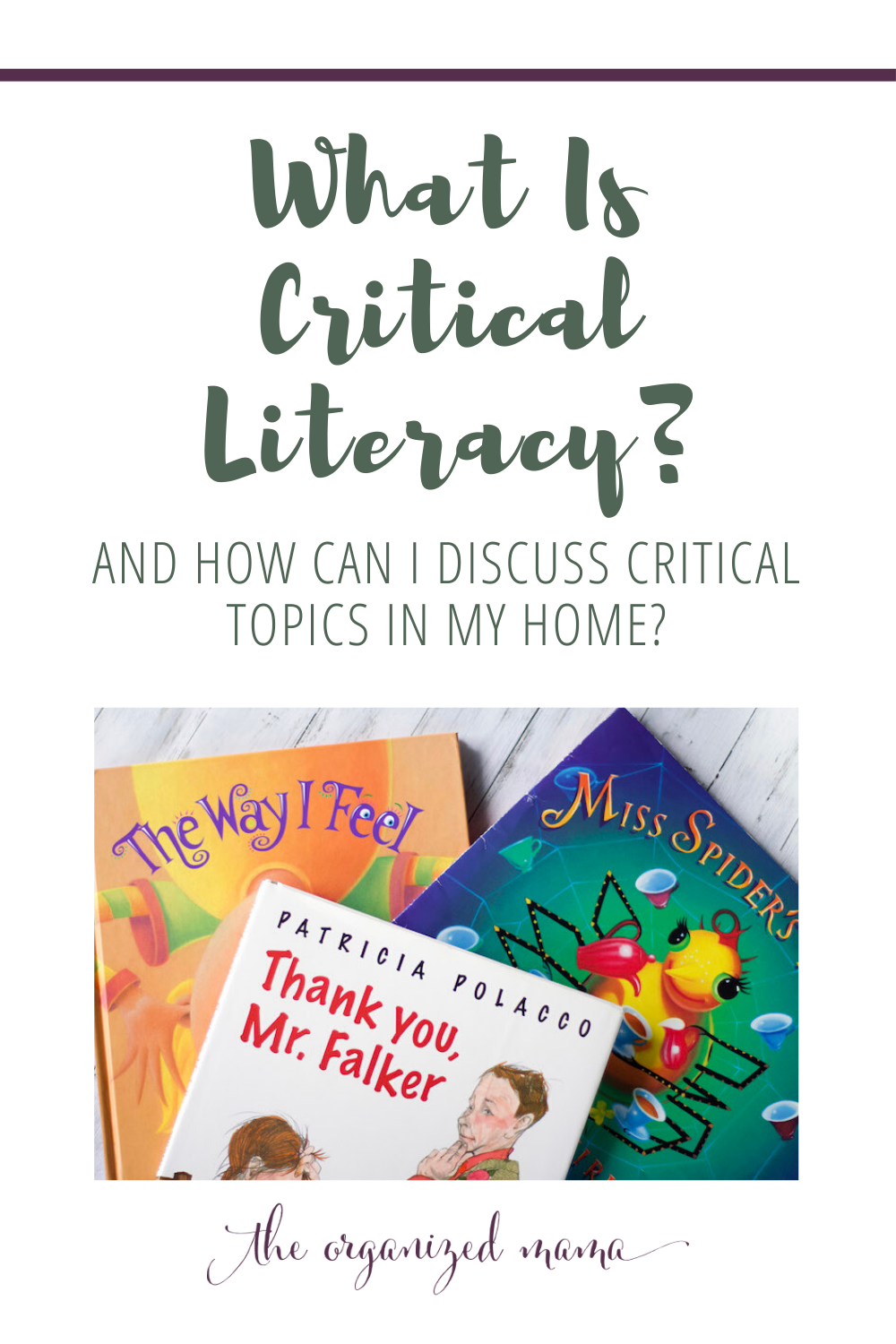



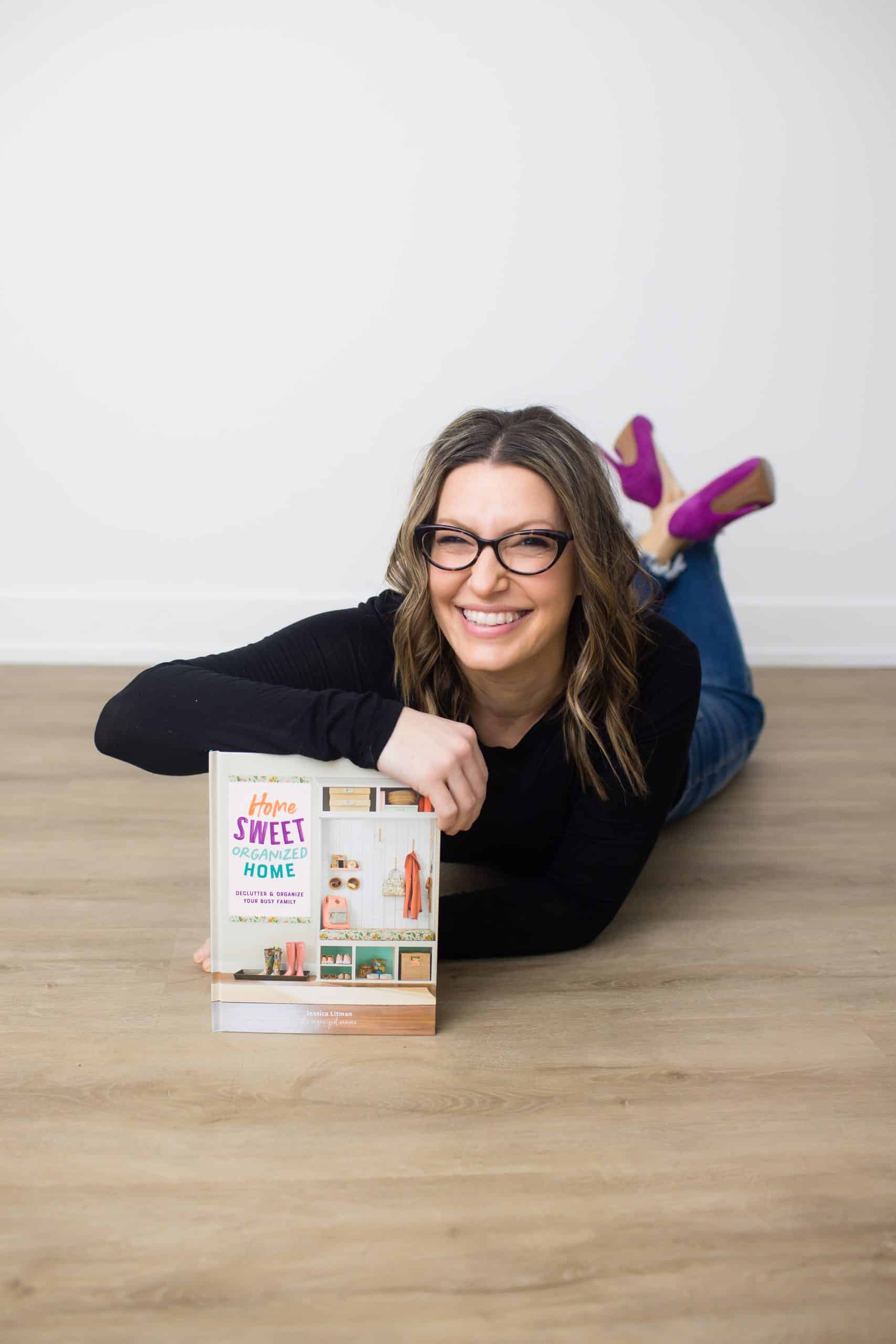

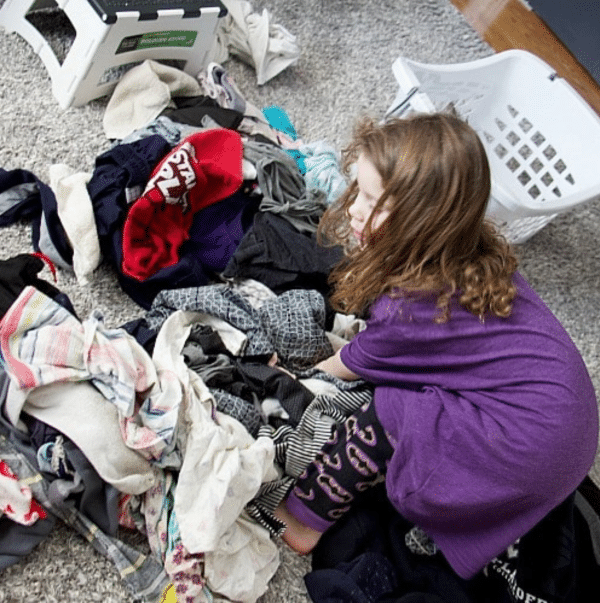

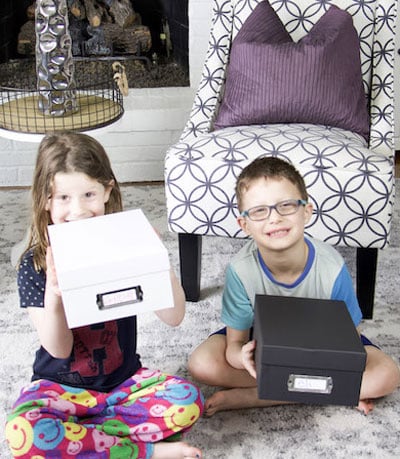


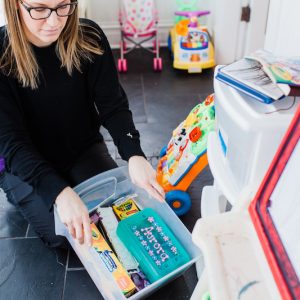
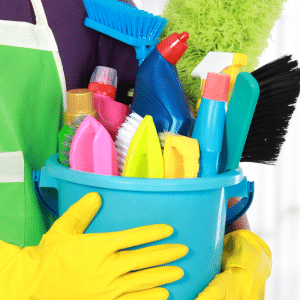
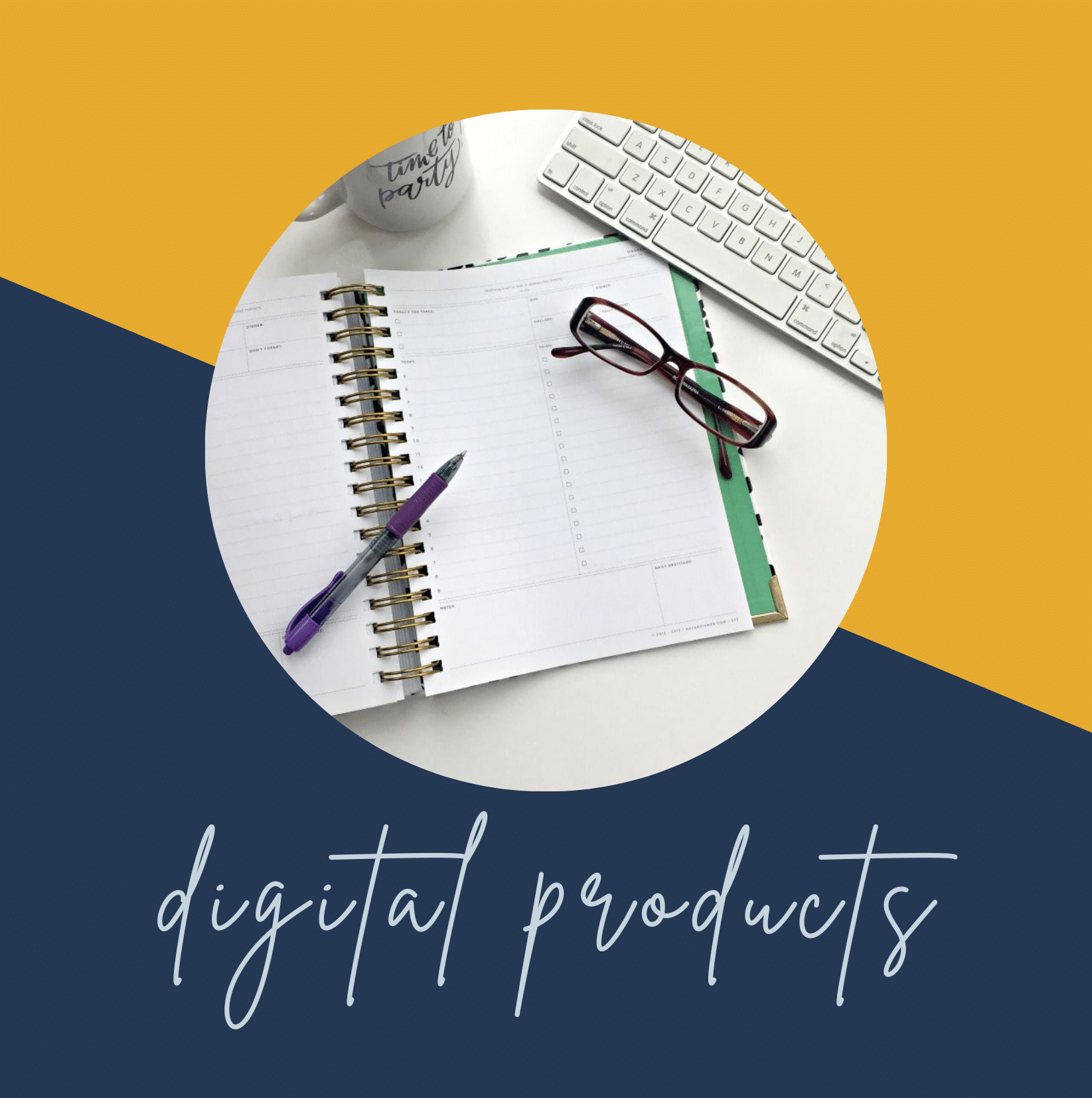

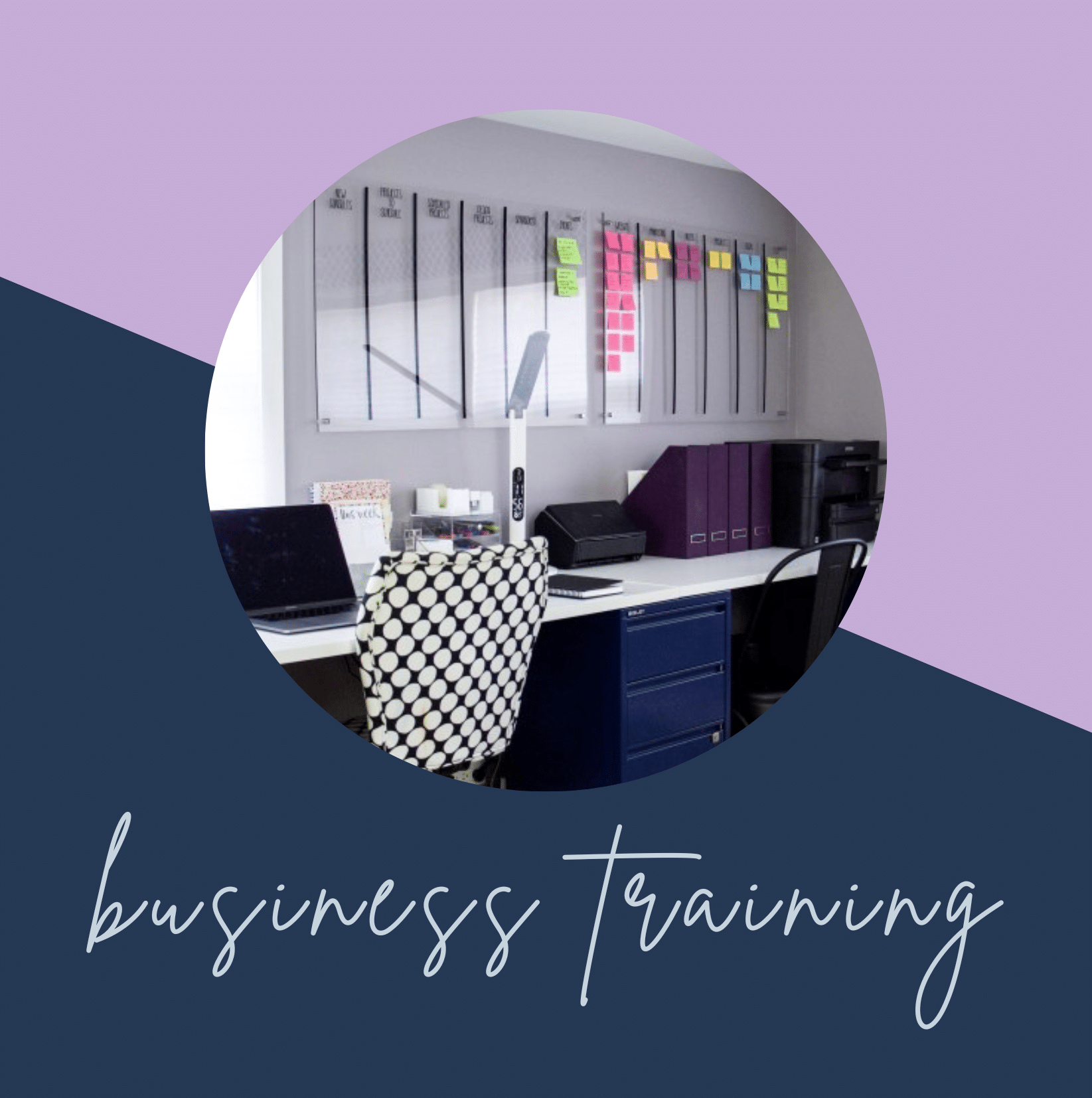

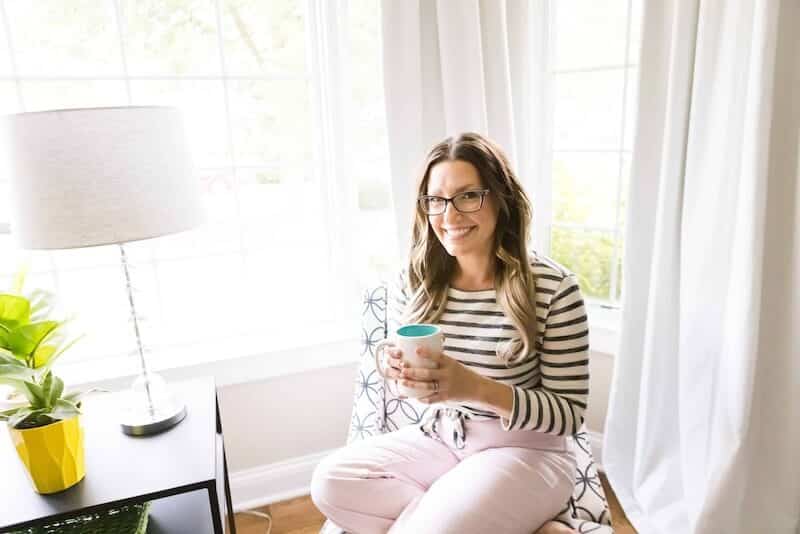
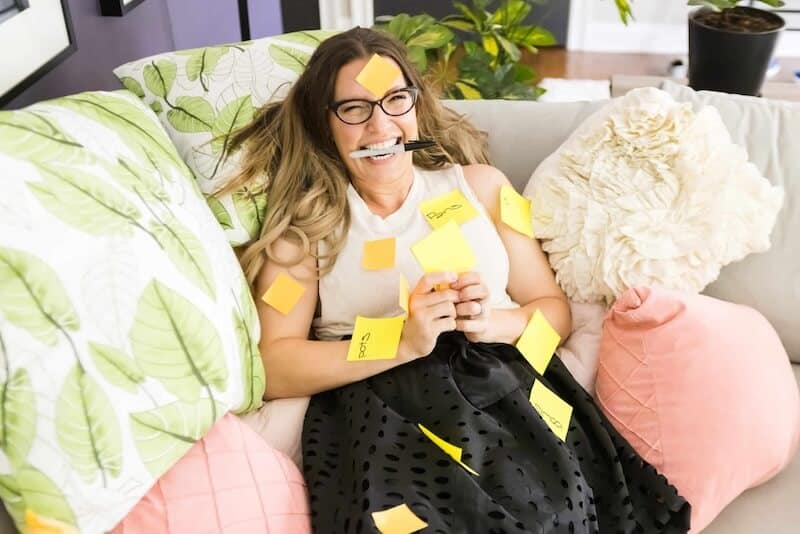
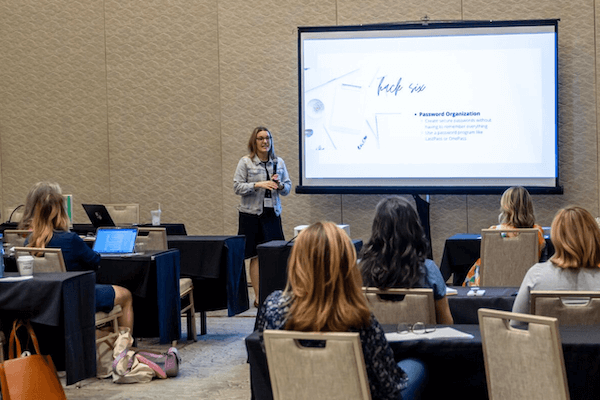
I want more information about using the Montessori method in home school
Hi Christi! I got all my training through the AMI training for homeschooling parents!